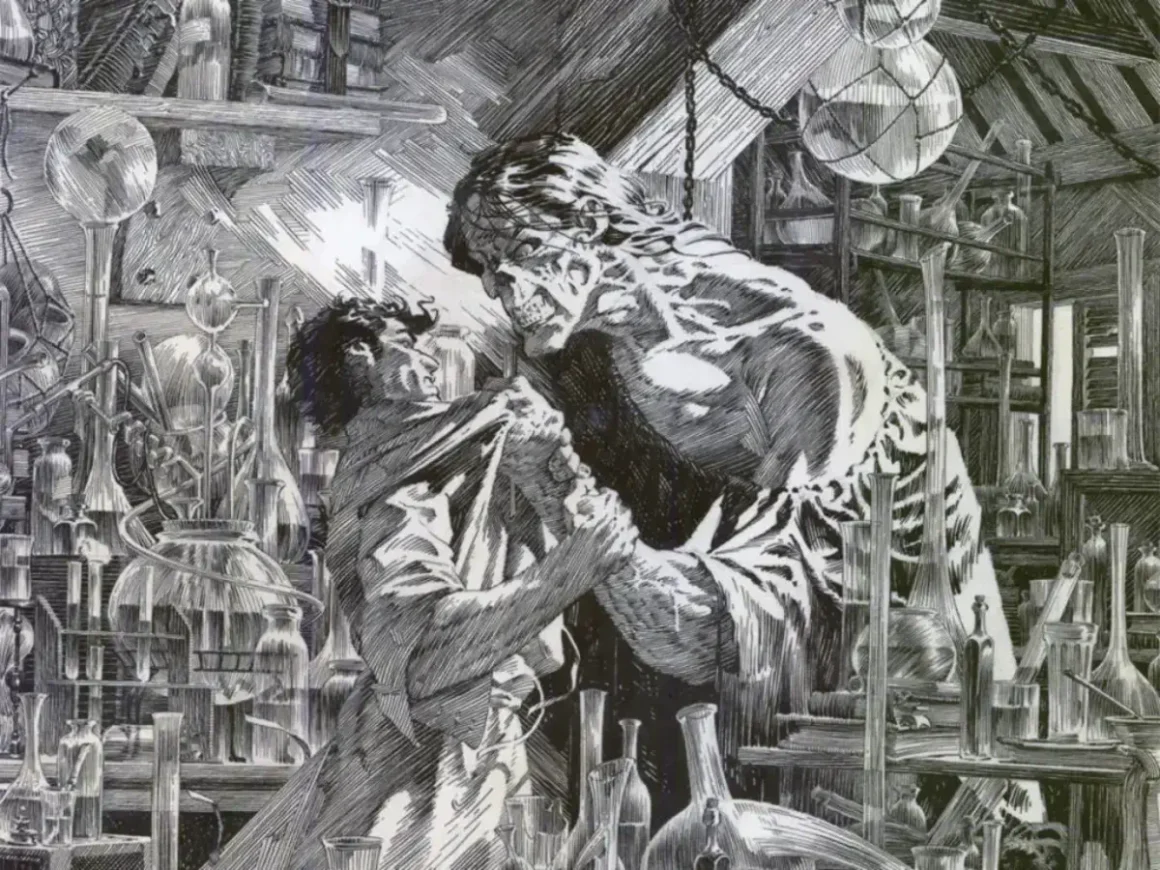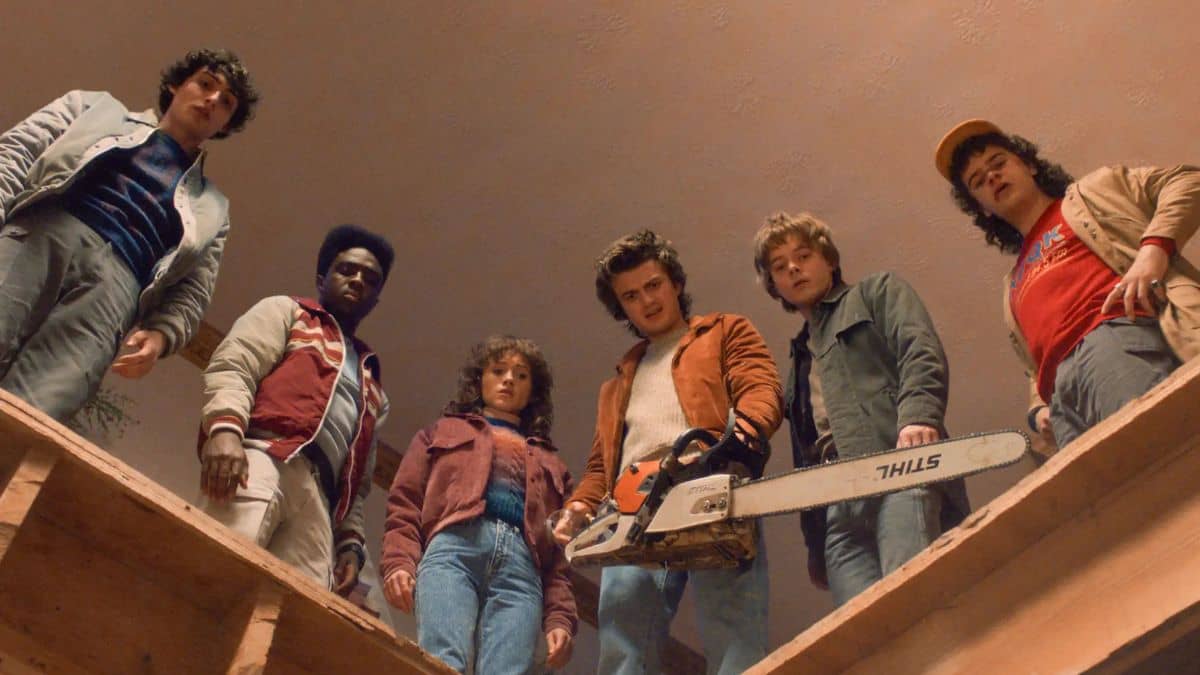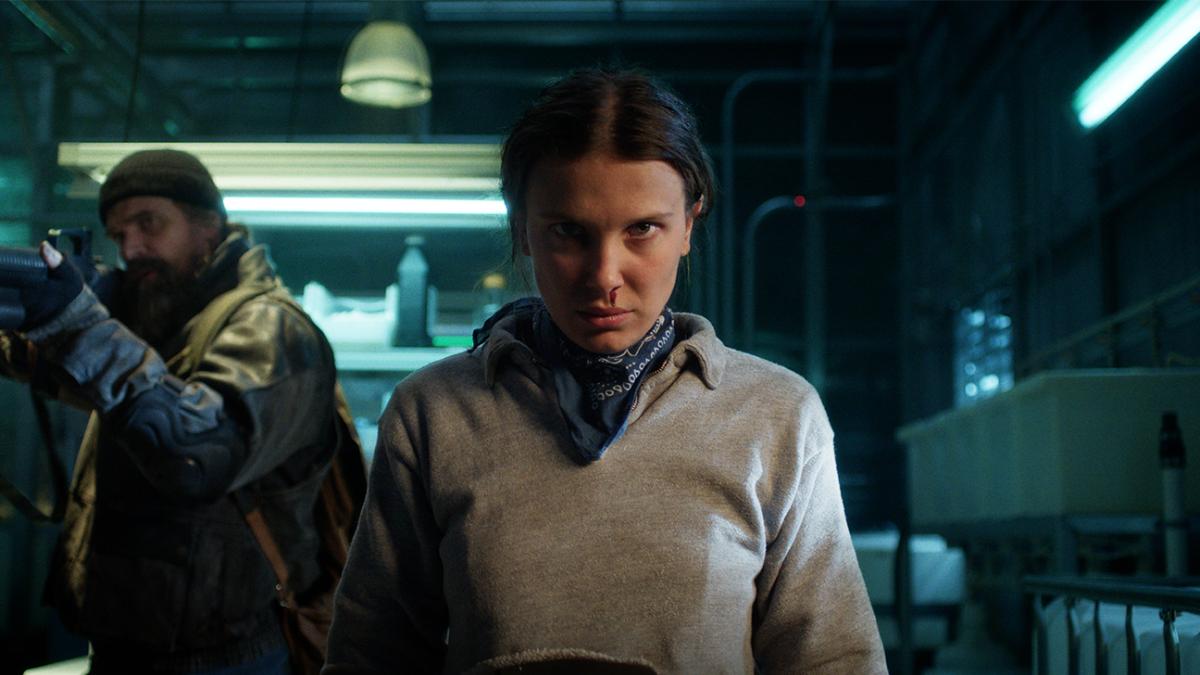Apple TV+’s Severance has long been known for its eerie, thought-provoking narrative. While the show draws inspiration from sci-fi classics like Dark City and The Truman Show, it’s the gothic horror themes that could reveal Lumon’s true intentions.
A deep dive into Severance season 2 draws disturbing parallels with Mary Shelley’s Frankenstein, suggesting that Lumon’s purpose revolves around manipulating life and death.
The Parallels Between Severance & Frankenstein
In season 2, episode 2, Mark’s experience with Gemma’s death hints at a possible reanimation, drawing direct connections to Victor Frankenstein’s experiments with life and death.
Just as Frankenstein attempted to create life from the dead, Lumon’s ambitions appear to lie in manipulating human existence, perhaps even reanimating people to serve their corporate goals.

Kier Eagan, like Frankenstein, positions himself as a god-like figure, treating his creations—his employees—as his “children.” These employees, referred to as “innies,” are isolated from the real world and denied basic human experiences, much like Frankenstein’s monster.
Lumon’s “Refinement” and the Dehumanization of Workers
The show’s Macrodata Refinement Department and its methods further echo Frankenstein’s unchecked ambition. Lumon’s process of refining memories and creating idealized workers mirrors Frankenstein’s attempt to perfect life.
However, the show flips this theme from a moral cautionary tale to a critique of capitalism, with Lumon seeking to create the “perfect” workers devoid of emotion and human complexity.
Why Lumon Would Want to Revive Humans
Kier Eagan’s philosophy underscores Lumon’s vision: to strip workers of their emotional baggage and reforge them into more productive beings.
Eagan’s quote about workers rising from their “deathbeds” encapsulates this desire to reshape humanity, mirroring Frankenstein’s goal of creating life with no regard for its true essence.
Ultimately, like Frankenstein’s monster, Lumon’s creations are beginning to challenge the system, reclaiming their humanity in a fight against the corporate machine that seeks to control them.












